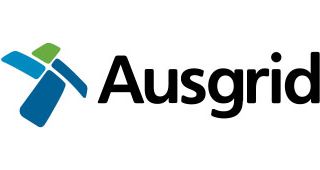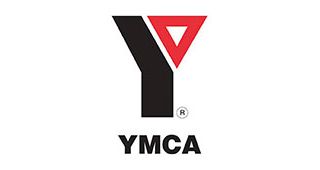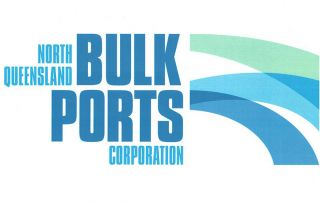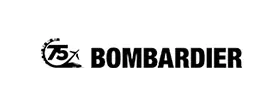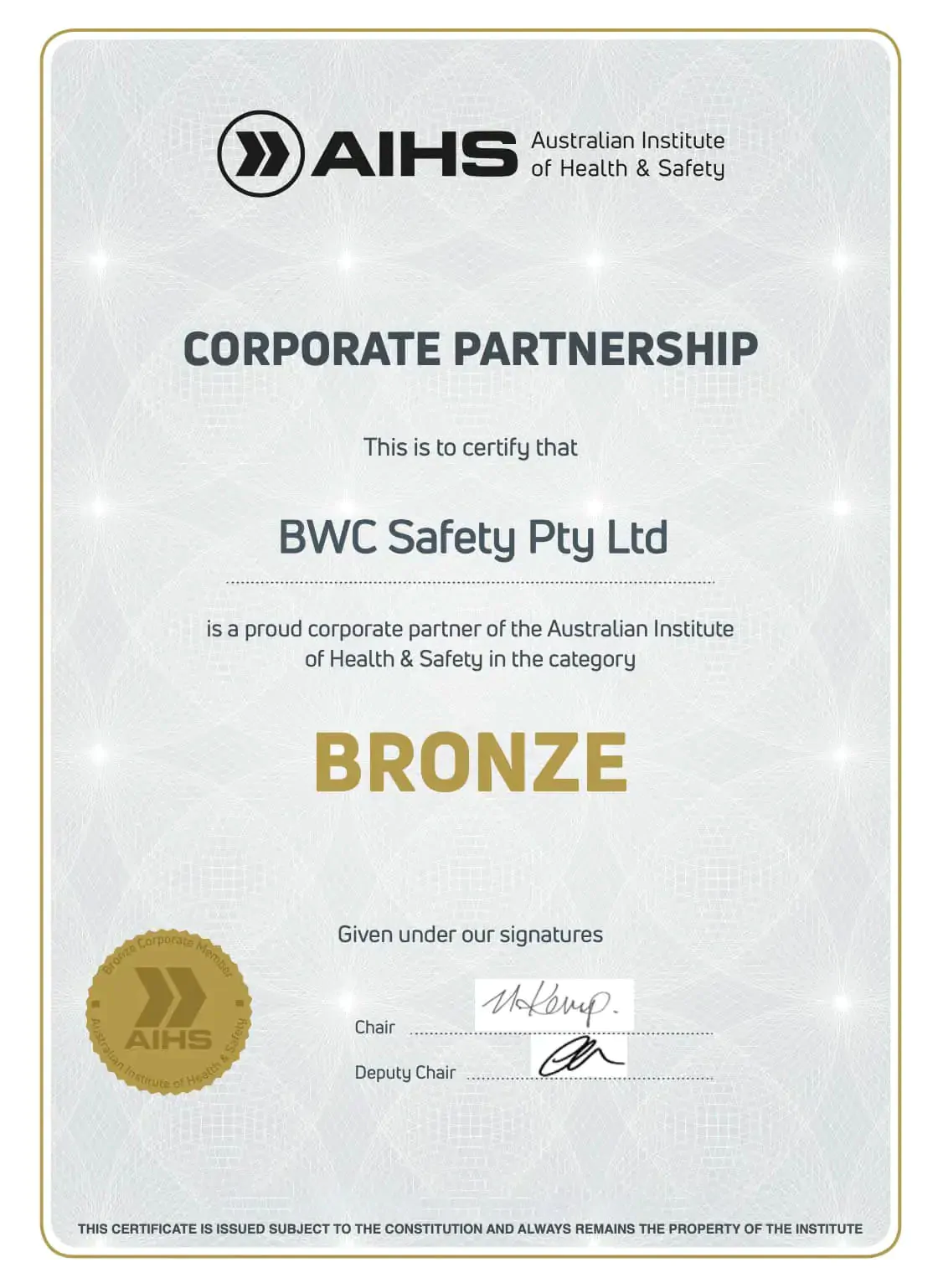What WHS Legislation and Regulations Are Applicable to Your State or Territory in Australia?
For the average business owner, Work Health and Safety legislation in Australia can seem pretty daunting. For example, if I’m running a printing business in Sydney and Melbourne then I must comply with two separate safety Acts and their regulations. The safety regulators are also different in each state as well and they will focus on different safety campaigns in any year. Even the acronyms are different – it’s WHS in most states but OHS in Victoria – why is that?
In this article we discuss which Health and Safety legislation and regulations are applicable to your state or territory in Australia and then help you to understand the real differences.
The Role of SafeWork Australia
SafeWork Australia is the peak body for Workplace Health and Safety in Australia. They are funded 50/50 by the Commonwealth and State Governments. Their role is to develop:
- national WHS policy and strategy;
- research and education on WHS matters;
- the national compliance and enforcement model;
- the Model WHS Act and Model WHS Regulations.
Around 15 years ago (2010) SafeWork Australia developed ‘harmonised’ WHS legislation, known as the Model Work Health and Safety Act 2011. This was established in order to bring uniformity of the WHS regulations across Australia. As of 2025, the harmonised WHS legislation has been adopted by all states and territories except Western Australia and Victoria.
Education & Enforcement
It is important to understand that while SafeWork Australia plays a huge role in policy, framework, education and research, it does not enforce the WHS regulations. The Commonwealth, states and territories regulate and enforce WHS laws.
From an employer’s perspective, lets consider the ‘need to know’ of WHS law and general information:
WHS Regulations – Each state and territory has developed its own regulatory framework which complements their state WHS Act. For example, in New South Wales there is the NSW WHS Act (2011) and NSW WHS Regulations (2017). In Victoria, it is known as the Victorian OHS Act of 1994 and the Victorian OHS Regulations of 2017.
Although the safety regulator in each state will prefer to guide and educate employers on safety matters, there comes a time in every circumstance when they will commence enforcement if they believe that the health and safety of workers or others is placed at risk or the employer is not genuine in their management of health and safety. Penalties for non-compliance can be severe and include heavy fines and custodial sentences, including prosecution for industrial manslaughter.
Codes of Practice – Where the Act and Regulations state the legal requirements (the WHAT), both SafeWork Australia and each state regulator have developed Codes of Practice which provide practical guidance on HOW to implement the regulations. There are Codes of Practice for most significant WHS matters such as risk management, consultation, hazardous chemicals, working safely at heights etc. Note that in Victoria Codes of Practice are known as Compliance Codes.
Guidance Notes – SafeWork Australia and each state regulator will periodically issue guidance notes, training videos and useful information for businesses. These are all free to download and share and are a great resource.
Links to your State and Territory WHS Legislation
1. New South Wales
Governing Body:
SafeWork NSW
SafeWork NSW
2. Victoria
Victoria has not adopted the national WHS Act and operates under its own system—the Occupational Health and Safety Act 2004 (OHS Act). While the principles are similar, there are slight differences to the harmonised legislation.
Governing Body:
WorkSafe Victoria
WorkSafe Victoria
3. Queensland
Queensland follows the national WHS model, with the Work Health and Safety Act 2011 and the Work Health and Safety Regulation 2011 in place. This legislation ensures that all Queensland businesses must implement risk management systems and actively consult with workers on safety matters.
Governing Body:
Workplace Health and Safety Queensland
WorkSafe Queensland
4. Western Australia
Western Australia only adopted the national model in part. The WA Work Health and Safety Act 2020 came into effect in 2022, aligning with many aspects of the national system, but retaining some unique provisions, particularly around the mining and petroleum sectors.
Governing Body:
WorkSafe WA
WorkSafe WA
5. South Australia
South Australia follows the national model under the Work Health and Safety Act 2012.
Governing Body:
SafeWork SA
SafeWork SA
6. Tasmania
Tasmania has implemented the national WHS model under the Work Health and Safety Act 2012.
Governing Body:
WorkSafe Tasmania
WorkSafe Tasmania
7. Northern Territory
The Work Health and Safety (National Uniform Legislation) Act 2011 applies in the Northern Territory, based on the national model.
Governing Body:
NT WorkSafe
NT WorkSafe
8. Australian Capital Territory (ACT)
The Work Health and Safety Act 2011 is also the foundation of the ACT’s WHS legislation.
Governing Body:
WorkSafe ACT
WorkSafe ACT
Key Takeaways
The Model WHS Act 2011 outlines the framework of WHS at the national level, although each of the states and territories have their own Act and Regulations.
Differences between states are not usually significant and the cornerstone of all legislation is that WHS risks to workers are either eliminated or minimised so far as is reasonably. practicable. There is also a legal requirement in all jurisdictions to ensure that effective consultation with workers on WHS matters occurs and the days of the boss calling the shots on safety without seeking input from workers is thankfully gone.
For further information and the part of more specific rules and regulations, please, refer to the website of the governing body for your state or territory (links above). There are really great resources in these sites.
Lastly, it is imperative that employers ‘get the message’ around worker health and safety. It must be managed systematically and with the same rigour as profit, cost and production. If you are not sure what to do, please reach out to us at BWC Safety and we will be happy to point you in the right direction. If needed we can arrange for practical support such as a WHS Compliance Review which will identify any gaps in your safety system.
Require assistance in Sydney & Melbourne?
Contact BWC Safety – expert WHS Consultants in Sydney and Melbourne.

Make an Enquiry
Ensure your organisation isn’t making critical WHS mistakes by getting expert advice before it’s too late.






